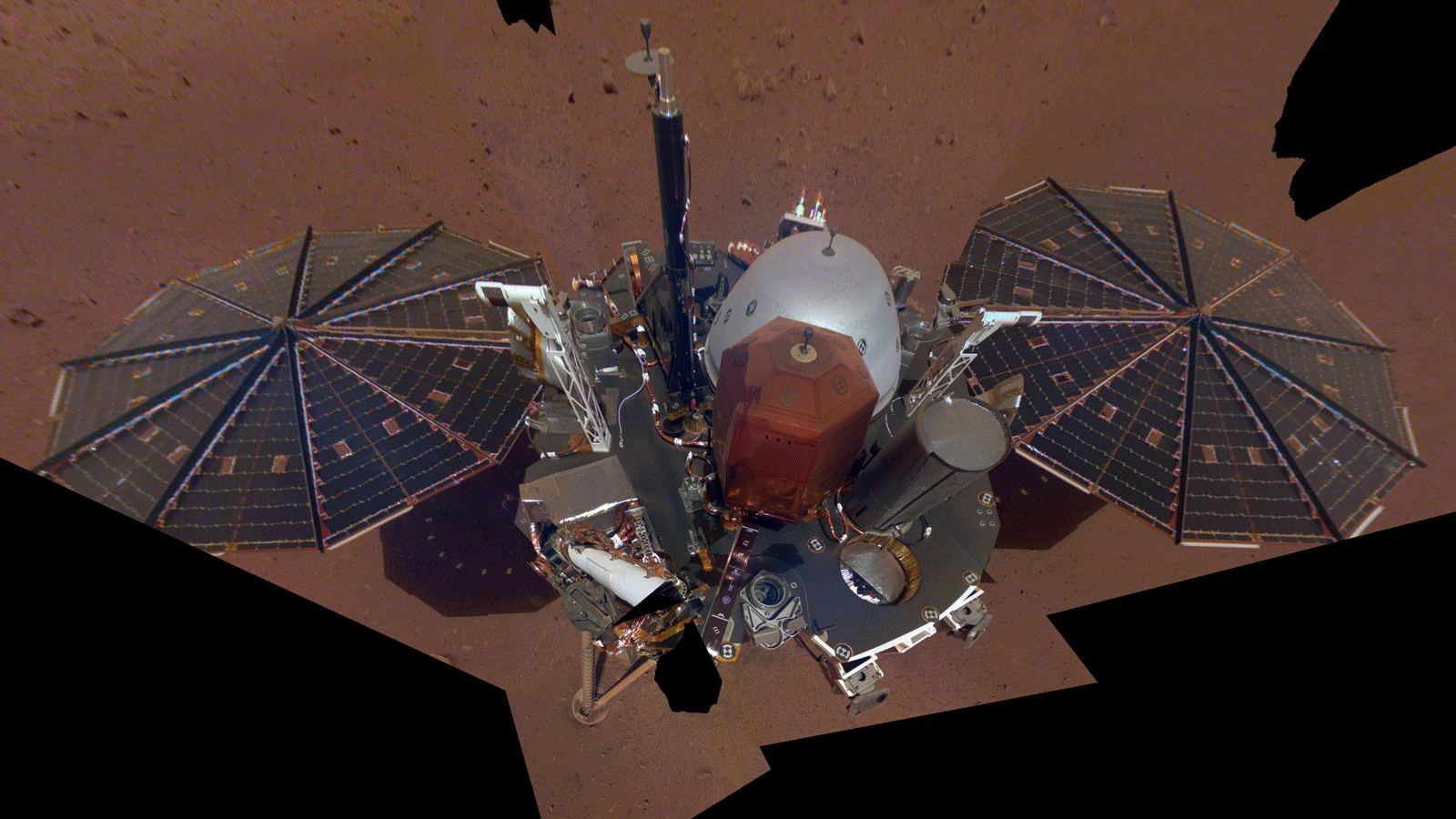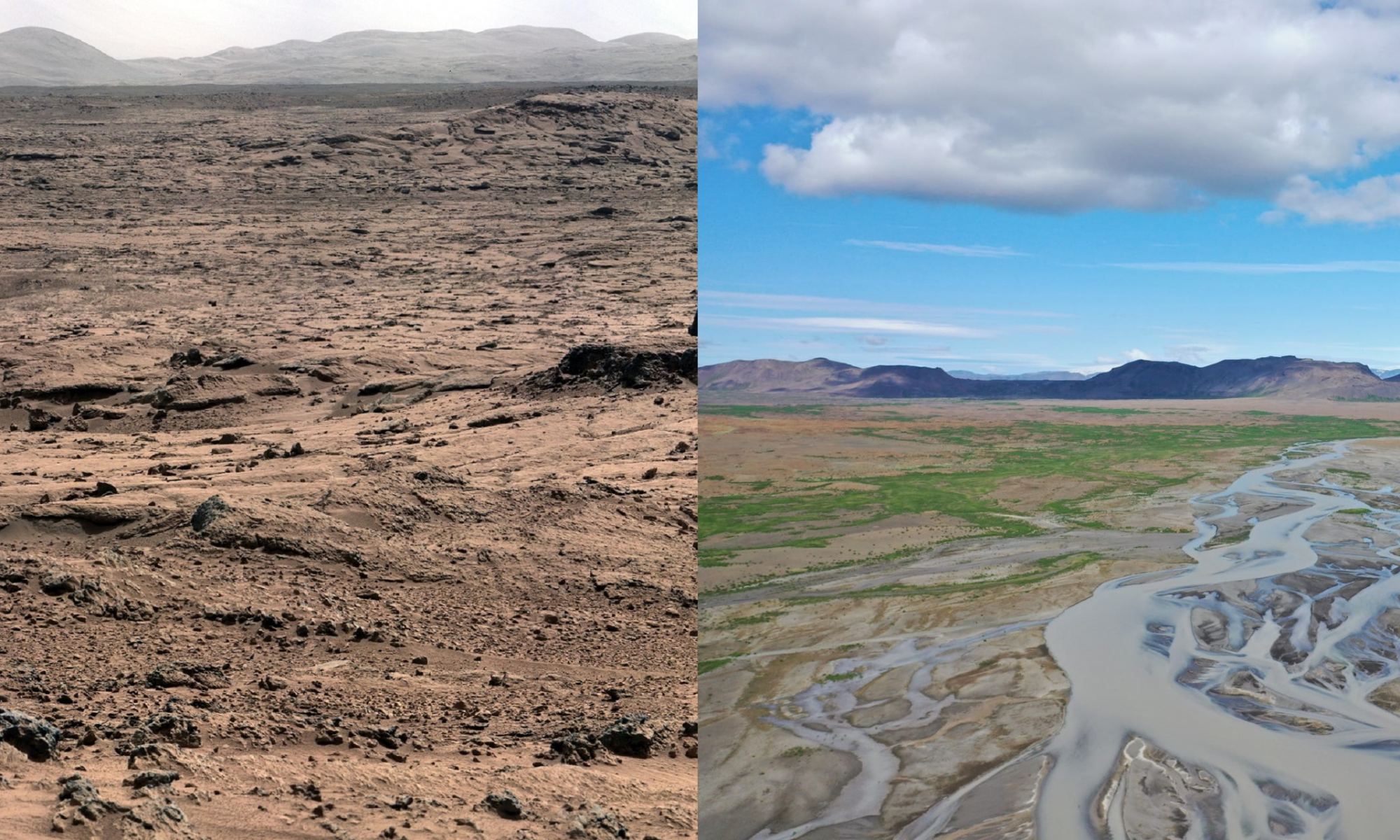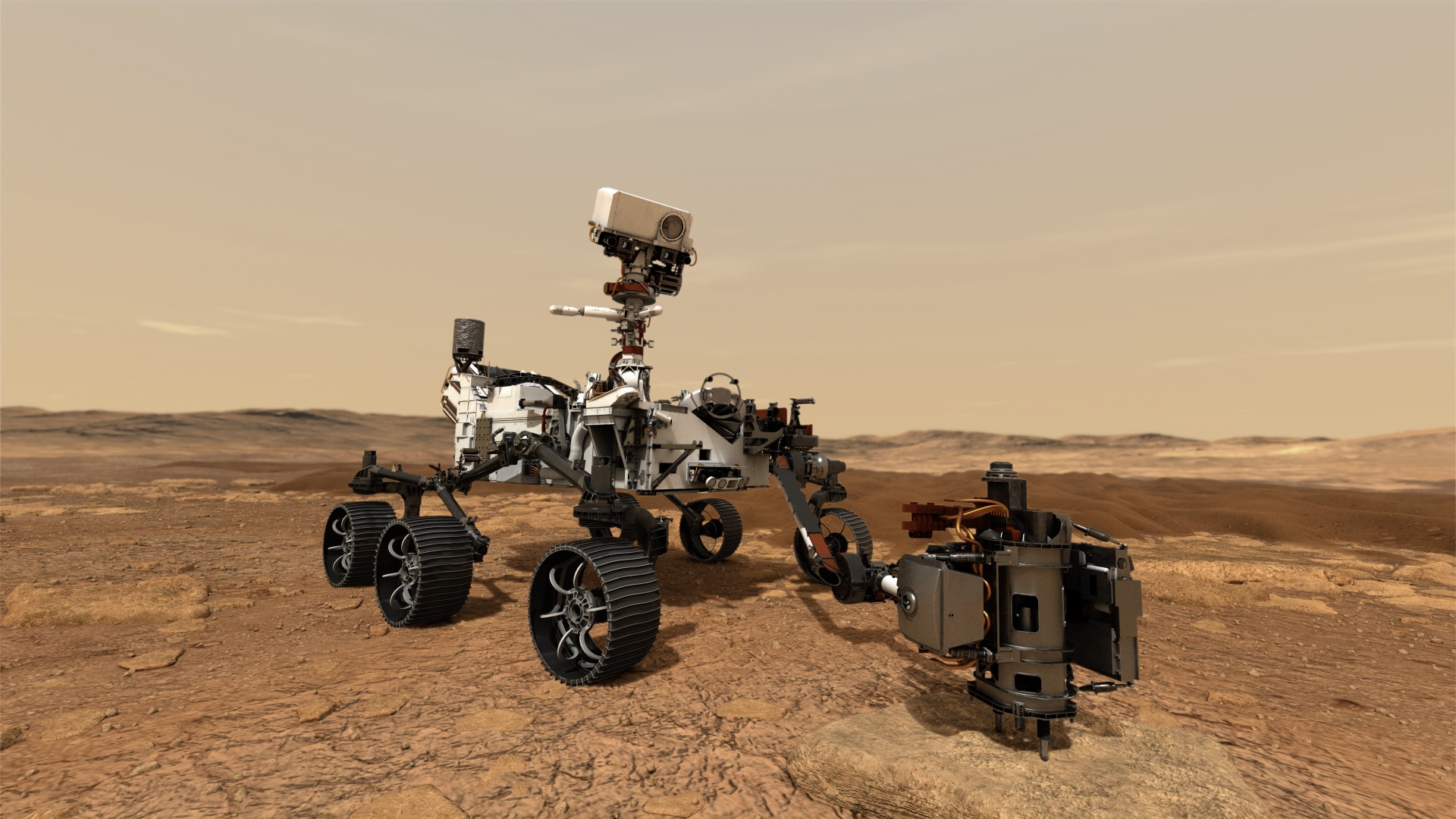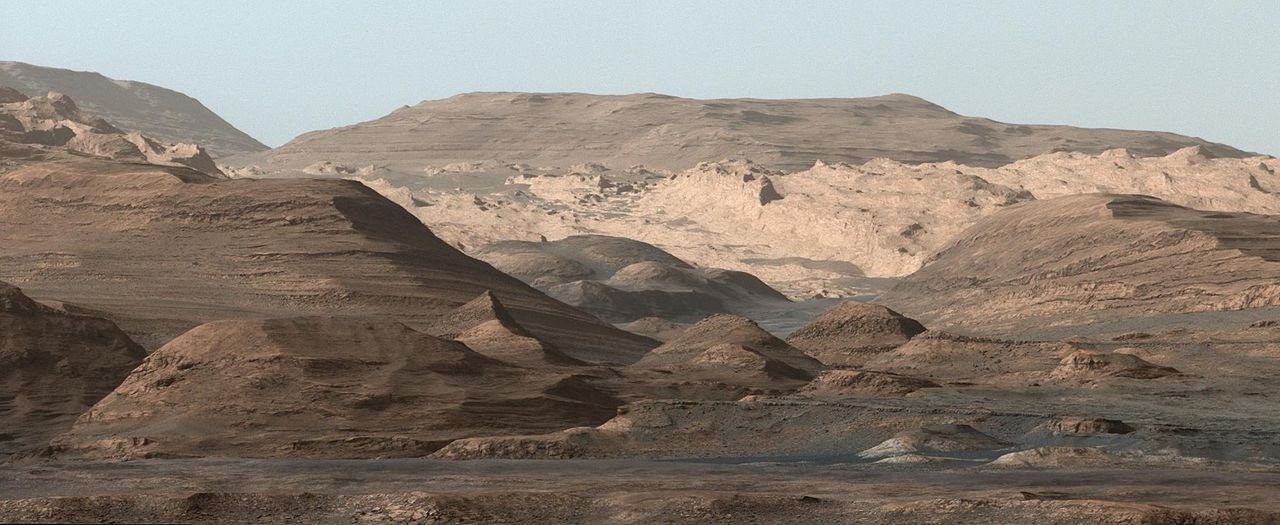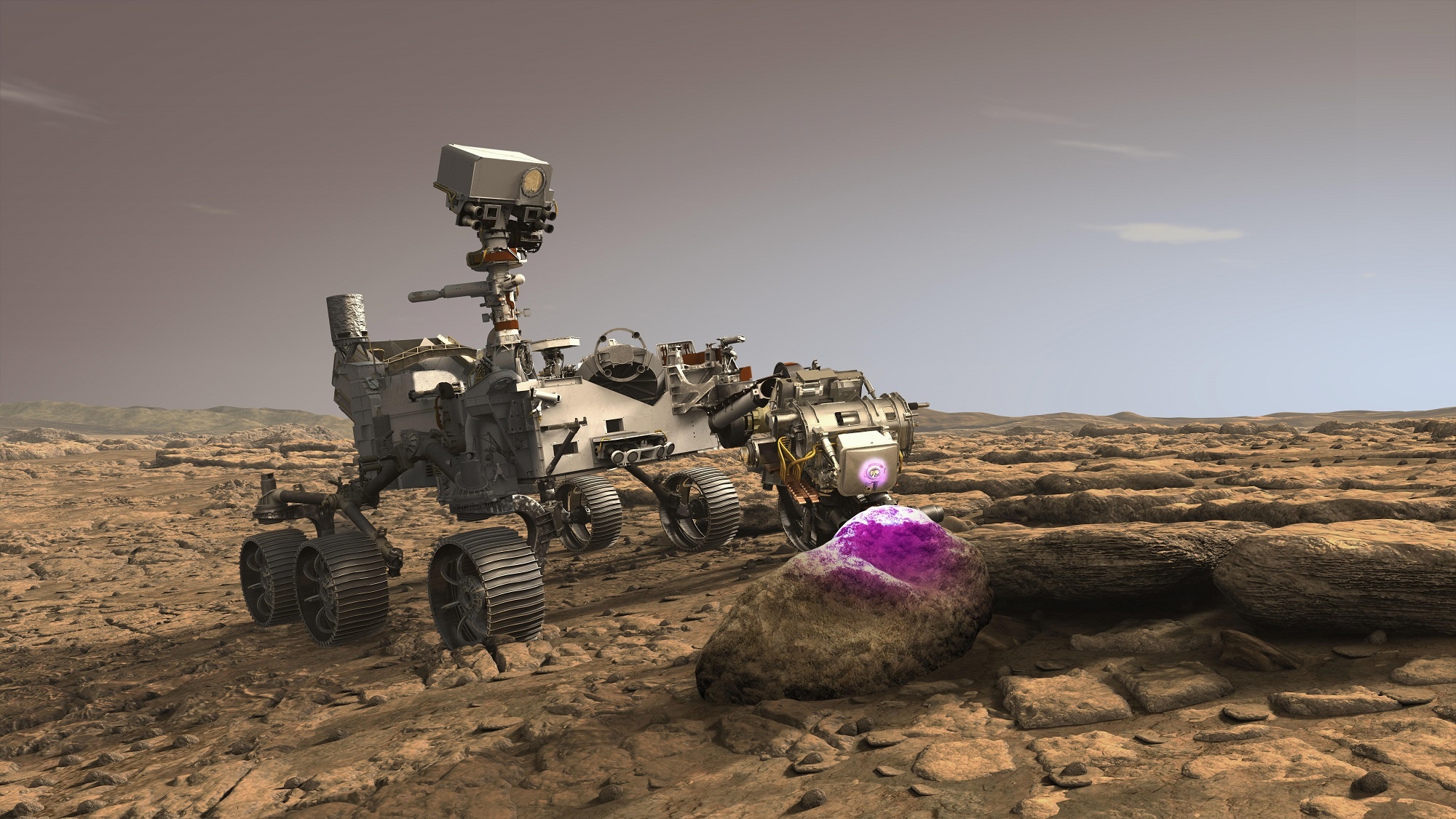When it comes to Mars exploration, NASA has more success than any other agency. This week, they’ll attempt to land another sophisticated rover on the Martian surface to continue the search for evidence of ancient life. The Mars Perseverance rover will land on Mars on Thursday, February 18th, and it’s bringing some very ambitious technologies with it.
Continue reading “NASA’s Perseverance Rover: The Most Ambitious Space Mission Ever?”NASA’s InSight Will Have Reduced Capability Until a Dust Devil Cleans off its Solar Panels
All eyes are on Mars this week, and, if we’re being honest, NASA’s InSight lander isn’t the star of the show right now. At the time of writing, we’re anxiously waiting to find out whether or not the Perseverance rover survives its fiery arrival at Mars. But Entry, Descent, and Landing (EDL) is just the first hazard that awaits robotic missions to the red planet. Mars exploration is a marathon, not a sprint, and while Perseverance is just getting started, InSight, which has been on the red planet for two years now, is approaching a tough leg of the race.
InSight’s nemesis: Martian dust. The same cruel villain that killed the Opportunity rover back in 2018.
Continue reading “NASA’s InSight Will Have Reduced Capability Until a Dust Devil Cleans off its Solar Panels”Perseverance Will Make Sure it has a Safe Landing
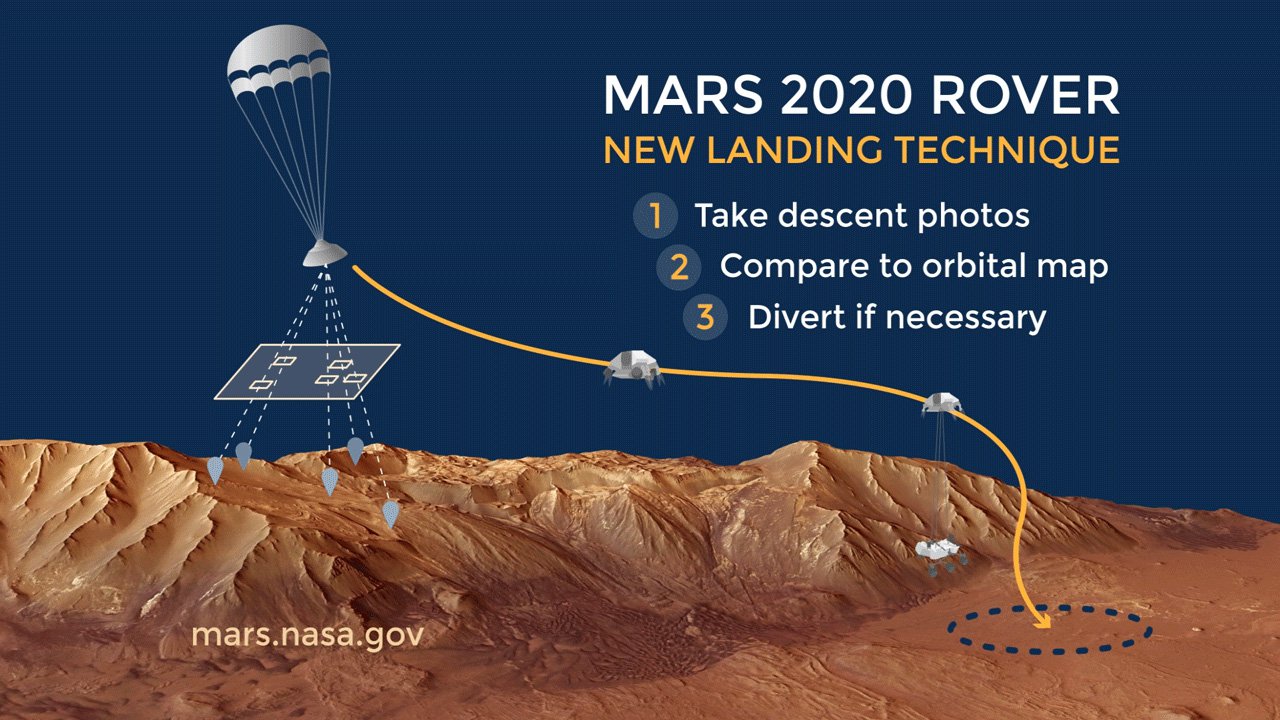
To casual observers, landing a rover on Mars can seem kind of like old news, believe it or not. Especially after all of NASA’s successes. But many are likely not aware of the so-called ‘Mars Curse.‘ The fact is, many of the spacecraft that attempt to land there fail and crash.
Next to run the gauntlet of the Mars Curse is NASA’s Perseverance rover. It’ll attempt its long-awaited landing at Jezero Crater on February 18th. The people at NASA have given the Perseverance rover some finely-tuned tools to get it to the Martian surface safely and to beat the Mars curse.
Continue reading “Perseverance Will Make Sure it has a Safe Landing”InSight is Going to Try and “Hear” Perseverance Land on Mars From 3,452 km Away
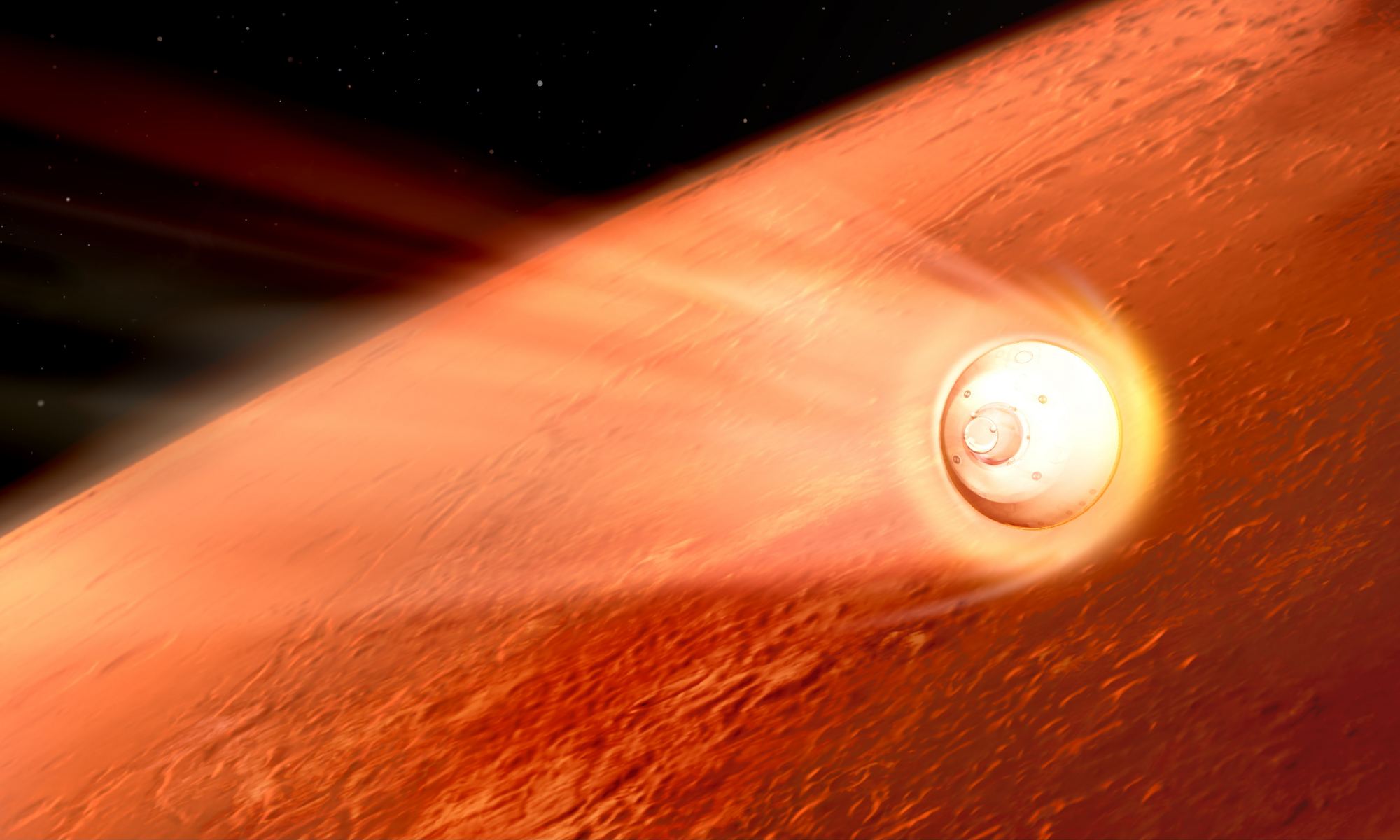
Now that the UAE’s Hope spacecraft and China’sTianwen-1 have successfully reached the Red Planet, next up is NASA’s Perseverance rover, set to land on February 18th.
Ten operational spacecraft are currently in orbit or on the surface of Mars, ready to welcome the new rover. But one spacecraft in particular, the InSight lander, will be listening closely for Perseverance’s dramatic entry, descent and landing – a.k.a. the Seven Minutes of Terror.
Continue reading “InSight is Going to Try and “Hear” Perseverance Land on Mars From 3,452 km Away”Iceland is a Similar Environment to Ancient Mars
Mars is often referred to as “Earth’s Twin” because of the similarities the two planets have. In fact, Mars is ranked as the second most-habitable planet in the Solar System behind Earth. And yet, ongoing studies have revealed that at one time, our two planets had even more in common. In fact, a recent study showed that at one time, the Gale Crater experienced conditions similar to what Iceland experiences today.
Since 2012, the Curiosity rover has been exploring the Gale Crater in search of clues as to what conditions were like there roughly 3 billion years ago (when Mars was warmer and wetter). After comparing evidence gathered by Curiosity to locations on Earth, a team from Rice University concluded that Iceland’s basaltic terrain and cool temperatures are the closest analog terrain to ancient Mars there is.
Continue reading “Iceland is a Similar Environment to Ancient Mars”Thanks to Perseverance, We’re Finally Going to Hear What Mars Sounds Like
Many consider the various rovers we’ve sent to Mars as the next best thing to sending a geologist to the Red Planet. Spirit, Opportunity and Curiosity have carried all the necessary equipment similar to what human geologists use on Earth, and are able to navigate the terrain, “see” the landscape with the various cameras, pick up rock and dust samples with scoops, and then analyze them with various onboard tools and equipment.
In addition to all those things, the new Mars 2020 Perseverance rover will add a “sense of hearing” to its robotic toolkit. The rover includes a pair of microphones to let us hear – for the first time – what Mars really sounds like.
Continue reading “Thanks to Perseverance, We’re Finally Going to Hear What Mars Sounds Like”Plans for a Mars Sample Return Mission Have Moved to the Next Stage
This past summer, NASA’s Perseverance rover launched from Cape Canaveral, Florida. On February 18th, 2021, it will arrive on Mars and join in the search for evidence for past (and maybe even present) life. A particularly exciting aspect of this mission is the Mars Sample Return (MSR), a multi-mission effort that will send samples of Mars back to Earth for analysis.
This aspect of the Perseverance mission will be assisted by a lander and orbiter developed by NASA and the European Space Agency (ESA). According to NASA, the MSR recently advanced to the next stage of development (Phase A). If all goes well, Perseverance will have a companion in the coming years that will take its samples and launch them to orbit, where they will be picked up and sent back to Earth.
Continue reading “Plans for a Mars Sample Return Mission Have Moved to the Next Stage”At One Time, This Region of Mars was Inundated by a “Megaflood”
Thanks to multiple robotic missions that have explored Mars’ atmosphere, surface, and geology, scientists have concluded that Mars was once a much warmer, wetter place. In addition to having a thicker atmosphere, the planet was actually warm enough that flowing water could exist on the surface in the form of rivers, lakes, and even an ocean that covered much of the northern hemisphere.
According to new research based on data collected by NASA’s Curiosity mission, it appears that the Gale Crater (where the rover has been exploring for the past eight years) experienced massive flooding roughly 4 billion years ago. These findings indicate that the mid-latitudes of Mars were also covered in water at one time and offers additional hints that the region once supported life.
Continue reading “At One Time, This Region of Mars was Inundated by a “Megaflood””The Driest Place on Earth Could Help Predict How Life Might be Surviving on Mars
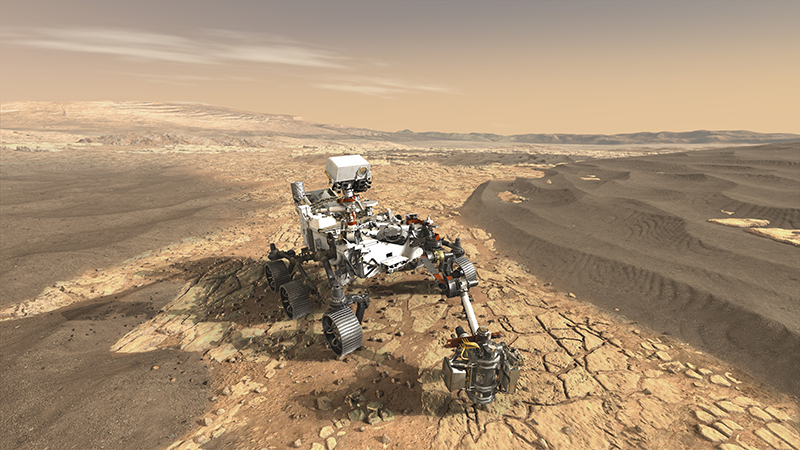
In the next few years, Mars will be visited by three new rovers, the Perseverance, Tianwen-1, and Rosalind Franklin missions. Like their predecessors – Pathfinder and Sojourner, Spirit and Opportunity, and Curiosity – these robotic missions will explore the surface, searching for evidence of past and present life. But even after years of exploring, an important question remains: where is the best place to look?
To date, all attempts to find evidence of life on the surface have yielded nothing, owing to the fact that the Martian environment is extremely cold, desiccated, and irradiated. According to a new study by an international team of researchers led by Cornell University and the Centro de Astrobiología in Madrid, the Atacama desert in the mountains of Chile could hold the answer.
Continue reading “The Driest Place on Earth Could Help Predict How Life Might be Surviving on Mars”Perseverance Will be Scanning Inside Rocks for Fossils on Mars
On February 18th, 2021, NASA’s Perseverance rover will reach Mars, make a harrowing descent through the planet’s atmosphere, and put down in the Jezero Crater. Like it’s sister-rover, Curiosity, this robotic explorer will explore a region that once supported flowing water and poke around with an advanced suite of scientific instruments for signs of microscopic life that may have existed there billions of years ago.
This is no small feat, which is why the rover will be bringing along its Planetary Instrument for X-ray Lithochemistry (PIXL). This precision instrument is located at the end of its 2-meter (7 foot) long arm and is powered by artificial intelligence (AI). The PIXL will play a pivotal role in Perseverance‘s mission, using a coring drill to obtain samples that will be cached on the surface that will be returned to Earth by a future mission.
Read more

